electricalperson
TPF Noob!
- Joined
- May 2, 2009
- Messages
- 51
- Reaction score
- 0
- Can others edit my Photos
- Photos OK to edit
the film i like to use is kodak tmax 400 and t max 100 black and white in 35mm and 120 size. should i use kodak chemicals to get the best? i use ilford fixer, zonal pro developer and sprint brand stop bath and fixer remover.
i want to get the best quality negative i can.
sorry for all the noob questions. we have kodak hypo clearing agent as well. will that get a better quality negative using that? i usually rinse for 30 min after i use the fixer remover
we have kodak hypo clearing agent as well. will that get a better quality negative using that? i usually rinse for 30 min after i use the fixer remover
i want to get the best quality negative i can.
sorry for all the noob questions.



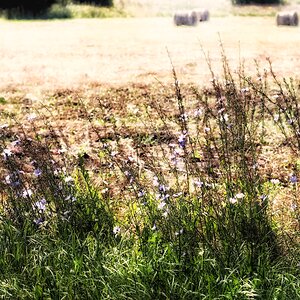
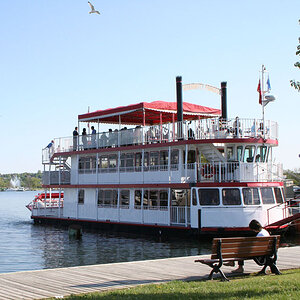
![[No title]](/data/xfmg/thumbnail/32/32154-8c44f76cb4a7777142bd645c3624daac.jpg?1619735234)
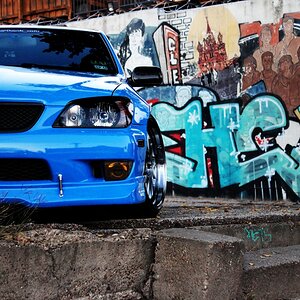
![[No title]](/data/xfmg/thumbnail/36/36682-50d0684eabff70509e27d7061c265146.jpg?1619737677)
![[No title]](/data/xfmg/thumbnail/35/35866-da1619f1c62d0897e43c22a31ae36ad2.jpg?1619737193)
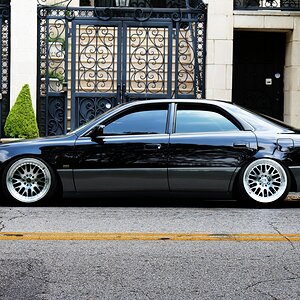
![[No title]](/data/xfmg/thumbnail/35/35865-5006be46d328277e5a956fa323782d97.jpg?1619737192)
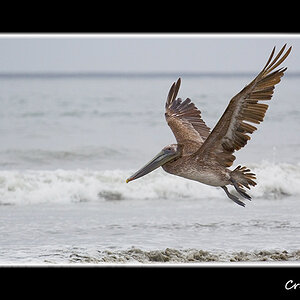
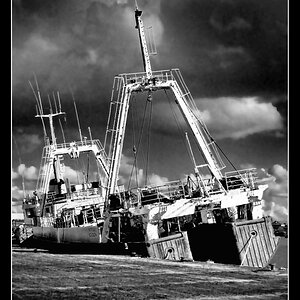
![[No title]](/data/xfmg/thumbnail/36/36681-6b091a8cd7318d47018c823a2eff3185.jpg?1619737677)